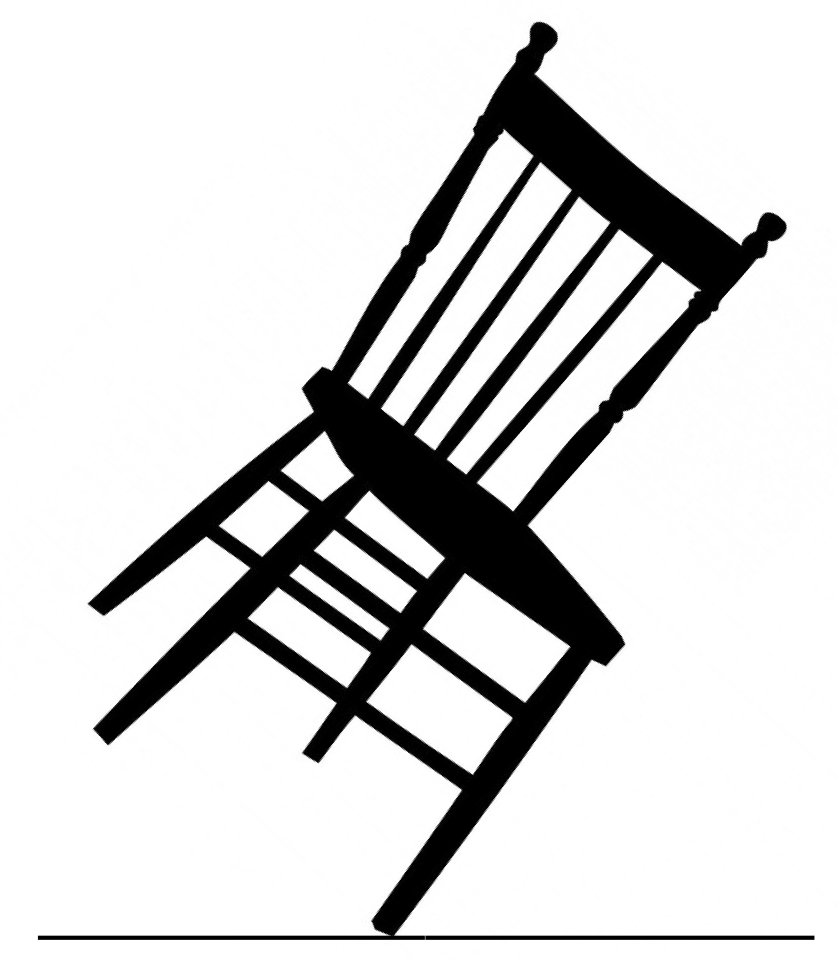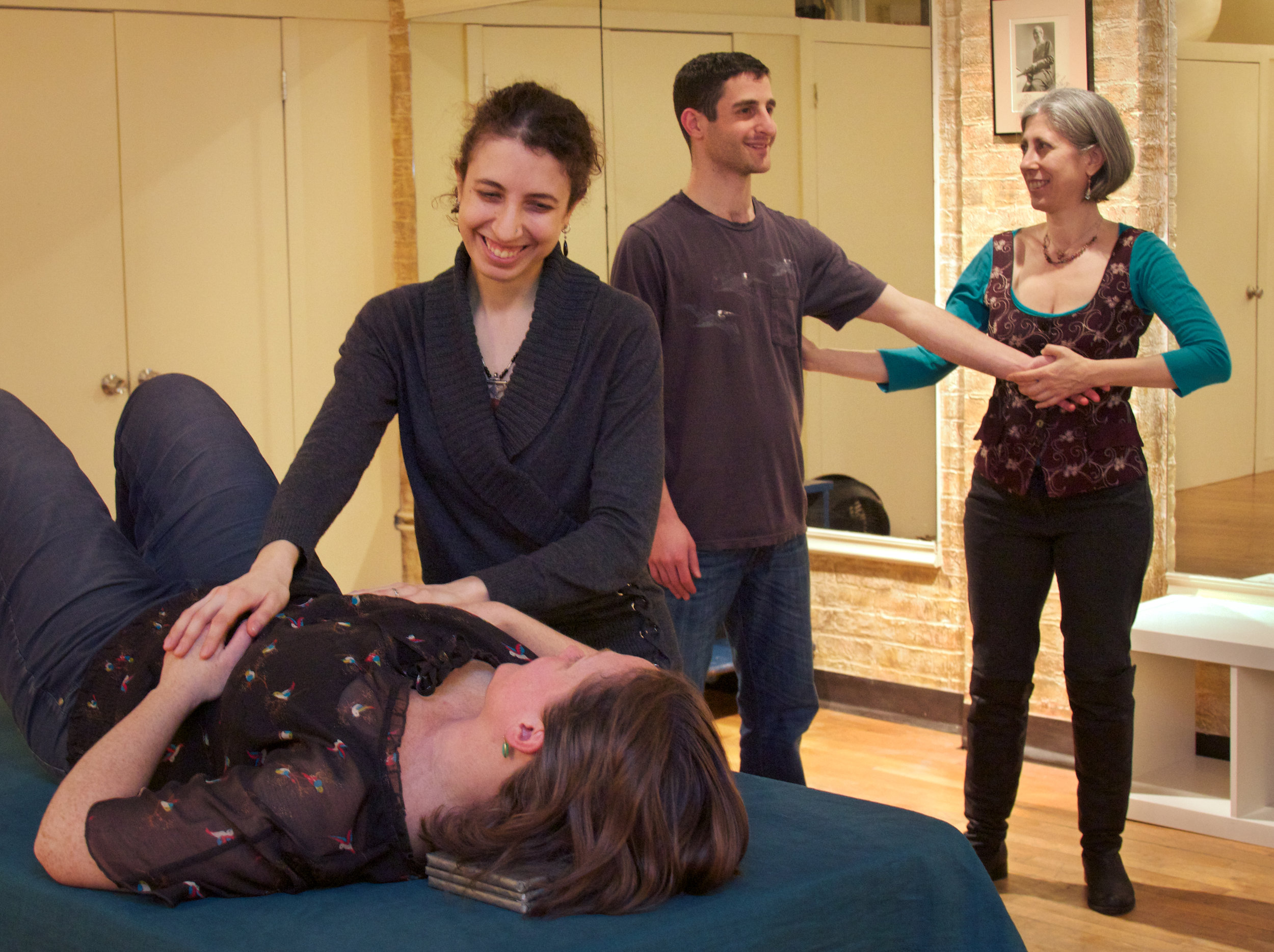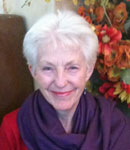 by Ezra Bershatsky
It is almost irresistible to become fascinated with the philosophies that are so perfectly compatible with the Alexander Technique; to revel in the Zen-like mysticism it inspires: “The chair lifts; I don’t lift it," or "I am breathed." For some, this is confirmation of what they already believe. However, I think this only serves to obscure for others and even ourselves what is actually happening.
by Ezra Bershatsky
It is almost irresistible to become fascinated with the philosophies that are so perfectly compatible with the Alexander Technique; to revel in the Zen-like mysticism it inspires: “The chair lifts; I don’t lift it," or "I am breathed." For some, this is confirmation of what they already believe. However, I think this only serves to obscure for others and even ourselves what is actually happening.
This topic is of especial interest to me as I have found a wealth of knowledge in the Tao Te Ching: “Wei wu wei,” or “doing without doing,” is a prevalent theme throughout the text, and it offers considerable insight into various implications of The Alexander Technique. As pointed out by Walter Carrington, we cannot lead a life of non-doing, as we would inevitably starve to death. Carrington says that muscular activity in the body is obviously doing; however, to me this is anything but obvious. Would anyone say, “I’m doing my heartbeat?” Another way to define “doing” is as any volitional or potentially volitional muscular response. I say potentially, as the vast majority of muscular responses and coordinations are allocated unconsciously by the brain through the stimulus of a desired outcome.
Doing without doing is a way of accomplishing an end while avoiding an habitual means to obtain it. This might be achieved by changing one's immediate intention, thus delaying the ultimate outcome. For instance, if my goal is to sit in a chair, I can decide merely to sit, which would trigger a complex muscular coordination involving hundreds of muscles contracting and releasing simultaneously and sequentially. My desire to quickly carry out the action of sitting might allow for little new input into achieving the action, so that if the chair is lower than the average chair, I will probably fall into it, expecting to have been sitting sooner. If I wanted to employ a "non-doing" approach, I could first try to have my desire to sit become the outcome of another intention: my knees bending. If I continuously bend my knees, eventually I will make contact with the chair. Such an exercise would begin to reeducate me from my habitual way of sitting, so that when next I go to sit in a "doing" or habitual manner, it might happen more efficiently. It should be said that this improvement will most likely revert quickly to my more habitual behavior shortly thereafter, unless this type of work continues.
It is our goal to accomplish any end by finding a way to allow a spontaneous coordination instead of imposing one; to consider how this action will be achieved instead of predetermining it; to avoid habitual response patterns and allow for spontaneous ones, even if the latter are at first clumsy or less efficient. Once we have established clarity about this goal, the implications for similar or seemingly related philosophies and mystical ideas can be safely considered, and will not be conflated with the principles and workings of the Alexander Technique.
Nonetheless, Carrington is ultimately correct in saying that “doing” is any muscular response, because this definition furthers the understanding of the interdependence of mind and body. We needn’t be aware of what we are doing to be doing it. Even unconscious processes that we could never hope to control directly are happening in us. If they are happening we can say we are doing them; for we are these involuntary processes just as we are our awareness.
When placing hands on the back of the chair and increasing the intensity of the dynamic opposition between the elbows, we are distally initiating movement in our arms, which is a valuable tool for facilitating a spontaneous muscular coordination, thus bypassing habitual patterns, which may ultimately result in the lifting of the chair. To then assert, “I did not lift the chair,” serves no constructive purpose. What it clarifies is that because we were consciously choosing to initiate movement elsewhere without lifting the chair, we avoided habitual response patterns associated with it; and since we identify so strongly with these habitual patterns, when we do achieve the (conscious or unconscious) goal of lifting the chair, it doesn’t feel very gratifying or familiar, and thus has no personal significance for us. In other words, we don’t identify with having lifted the chair. However, the chair did not levitate, and so what must have happened is, “I lifted the chair, even though it was not my intention,” rather than, “the chair lifted.”
I think it is of paramount importance to avoid attaching mystical concepts to this work as it alienates more scientific-minded professionals and clientele, and as teachers we are disparate in our beliefs and world views. Spiritually, mystically and psychologically inclined individuals will have no problem finding these implicit philosophies, some of which tie into the fields of astrology, homeopathy, reiki and crystal healing, classified as pseudoscience—which is not to say that these have no validity. But the Alexander Technique seems so often to find itself conflated with non-scientifically verifiable disciplines, when it was developed through the use of the scientific method, is scientifically substantiated to the degree that it has been formally studied, and would withstand the rigors of thorough scientific testing and peer review. Ideas unrelated directly to AT serve only to obscure our concept of a unified human organism, in which the mind and body are inseparable. Hence, “non-doing” should be taught and discussed with its originally intended implications only, making it safe for any of us to consider its possible implications for other areas of inquiry.
[author] [author_image timthumb='on']http://www.acatnyc.org/main/wp-content/uploads/2016/07/Ezra-Bershatsky-by-Sandro-Lamberti-Photography-23.jpg[/author_image] [author_info]EZRA BERSHATSKY—A graduate of The Juilliard School Pre-College Division, Ezra has two Bachelor degrees of Music from Mannes College The New School for Music, in vocal performance and musical composition. He is currently training to be a teacher of the Alexander Technique. He has been singing and performing since childhood, and early in his training he discovered that he has a passion not only for making music, but for teaching others. Ezra teaches voice in New York City on the upper west side. [/author_info] [/author]

 by Ezra Bershatsky
It is almost irresistible to become fascinated with the philosophies that are so perfectly compatible with the Alexander Technique; to revel in the Zen-like mysticism it inspires: “The chair lifts; I don’t lift it," or "I am breathed." For some, this is confirmation of what they already believe. However, I think this only serves to obscure for others and even ourselves what is actually happening.
by Ezra Bershatsky
It is almost irresistible to become fascinated with the philosophies that are so perfectly compatible with the Alexander Technique; to revel in the Zen-like mysticism it inspires: “The chair lifts; I don’t lift it," or "I am breathed." For some, this is confirmation of what they already believe. However, I think this only serves to obscure for others and even ourselves what is actually happening. by Karen Krueger
In
by Karen Krueger
In  by Judy Stern
by Judy Stern